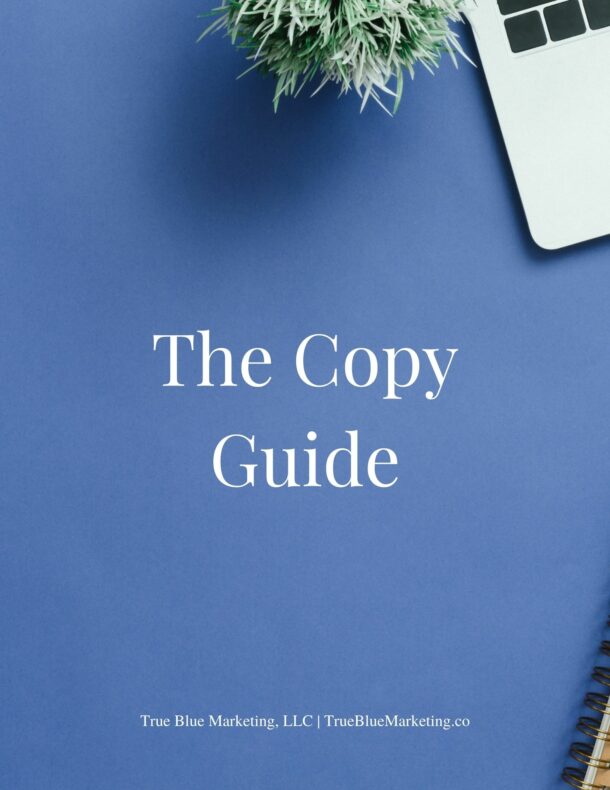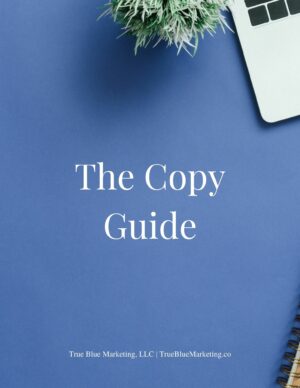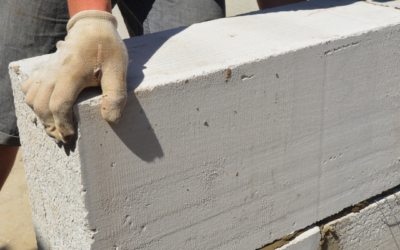
If you’re writing a blog for your business, you’ve likely run into a few struggles. One of which may be trying to find how to keep your readers engaged with your post for long enough to learn something from you. Let the letter E help you format your posts, so you’re writing content that’s engaging to your readers and pulls them down the page.
When writing a blog post, it is often advised that using subheaders to break up the copy will help to organize your thoughts. It’ll also help bring the attention of your readers back into the copy. Since many people now skim web pages for the most exciting tidbits, using subheaders will give your skimmers a place to start reading the copy once again.
Subheaders and the Letter E
Think of the shape of the letter E as how most people read web pages: they start at the title, read down the side to the first sentences or paragraph then once boredom starts they’ll then move onto the next subheader on the page. If your post doesn’t include subheaders, this may be where you lose your readers.
When should you use subheaders? Any time you’ve created a new section in your article. When writing an article, some people think of them as chapters. Others use it as a way to break the post into easy-to-digest points. Either way, I always recommend aiming for an average of two to five paragraphs under each subheader. Some posts will need one paragraph under each subhead and others will need a few more than five.
Add an Ending
Close out your letter E formatted post with a closing section, either with a subheader or with another visual element like a photo, a graphic, or a statement that stands apart from the rest of the copy as a bolded statement. If you’ve given your reader a reason to read the very ending of your post, then be sure to use that space to your advantage!
What’s the best way to use this space? Give your readers something more to do or another action to take to start using the information they’ve learned from your post. Ideas include reaching out to you, commenting on the post, and trying the tips for themselves and sending you an update on how it worked for them.
Learn a Bit More
If you’re interested in learning more about what you need for every blog post, so your readers keep reading? Check out my free guide below starting on page 11 of the Small Business Website Copy Guide I break down what to include in every blog post so it pulls in your ideal clients.
So, how do you read web pages? Do you skim the page following the shape of the letter E? Do you read every word on every page? I’d love to know! Connect with me on Instagram.





